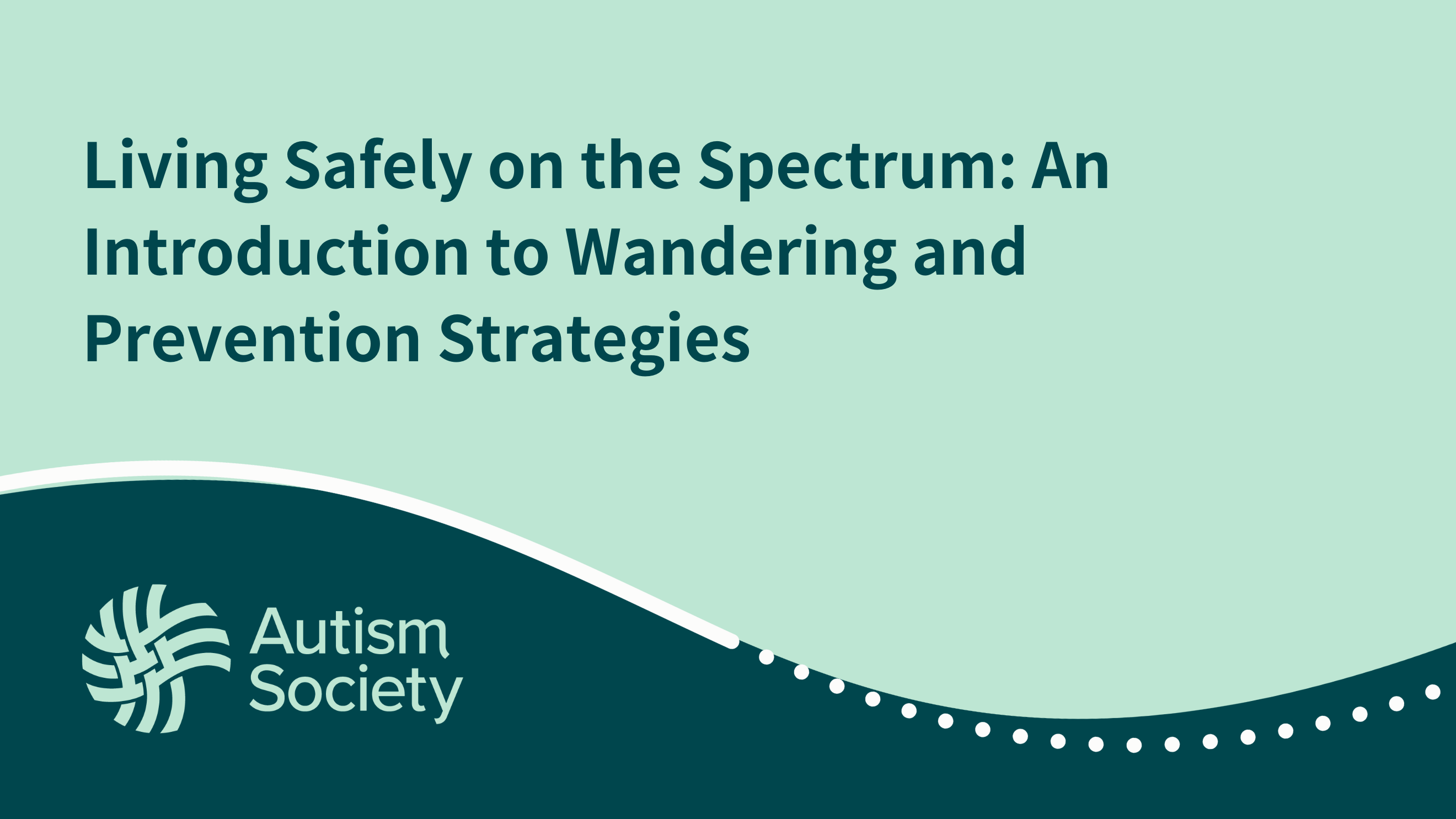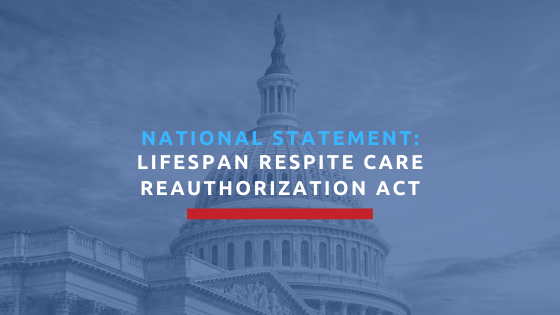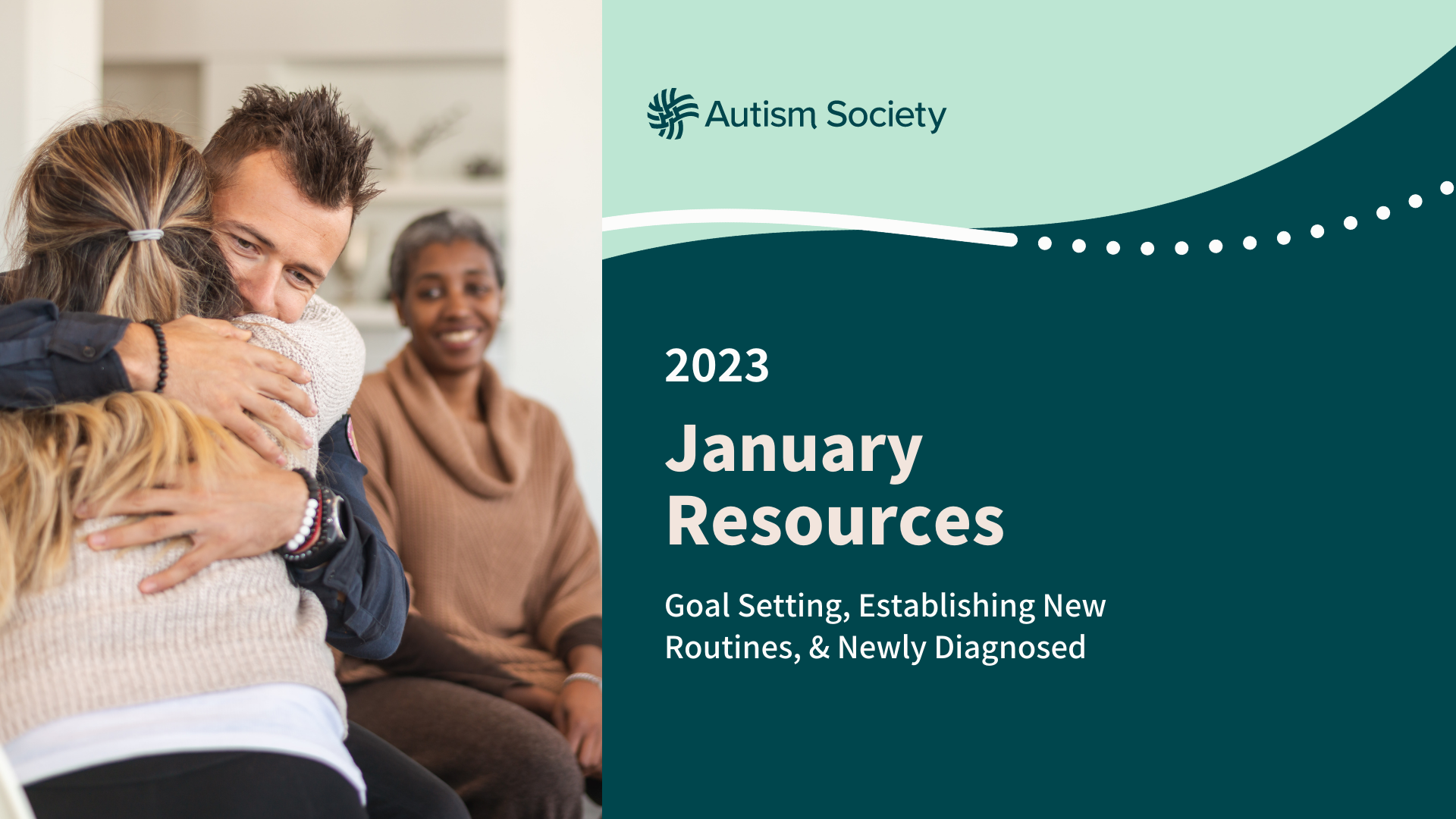
Rockville, MD, April 10, 2024 – Wandering is a common issue that many individuals and families in the Autism community face. Because of the potentially dangerous outcomes, wandering is a critical safety concern for the Autism community. It can be a stressful and anxiety-inducing experience for both the individual and their family.
Those who wander are at increased risk of accidents, injuries, or drowning. Approximately 91% of deaths in children with Autism under 14 are caused by accidental drownings subsequent to wandering.
Stress and anxiety about wandering have the potential to impact daily life for individuals with Autism and their families. Constant vigilance, worry or fear can be emotionally exhausting. Ongoing fear and worry about safety can impact a family’s ability or desire to engage in community activities or outings, contributing to social isolation.
At the Autism Society, we work to create a world where everyone in the Autism community is empowered and connected to the resources they need to live fully, which means living safely. Together, we can work towards building stronger communities where everyone in the Autism community lives fully and safely.
What is wandering?
The CDC defines wandering (sometimes referred to as elopement or bolting) as a person leaving a safe area or a responsible caregiver. Wandering can occur under any type of supervision and in people of all age groups. People can wander from a variety of places, like their homes, school settings, work settings, or during community outings, events, or activities. People with Autism, Intellectual and Developmental Disabilities, and Alzheimer’s/Dementia are at an increased risk of injury or death to wandering.
Why do people with Autism wander?
Individuals with Autism can wander for many reasons, but wandering is often a form of communication and can be an indication of an unmet need and/or inability to communicate the need. Examples of reasons why people wander include:
- Biological factors: People may wander to find a restroom or to find something to eat or drink. Wandering and movement may also be a way of coping with the physical discomfort of internal feelings of hunger, thirst, etc.
- Seeking Familiar Environments/Routines: Some people wander to return to familiar spaces, objects, or routines.
- Sensory Overload: Wandering may be a way of coping with sensory overload. Sensory overload happens when sensory stimuli overwhelms a person’s ability to cope. This can be triggered by a single event, like an unexpected loud noise, or it can build up over time due to the effort it takes to cope with sensory sensitivities in daily life.
- Sensory Seeking: Some Autistic people might wander to seek sensory stimulation and engage with a variety of sensory inputs, sights, sounds, textures, and temperatures, which can be calming or stimulating.
- Dysregulation (Flight Stress Response): When a person is dysregulated and their brain perceives something as threatening, their body might react with a stress response. There are multiple versions of stress responses, but those in the flight stress response will try to escape or avoid the threat, which may result in wandering.
- Curiosity: Wandering might occur when a person is drawn to something, motivating them to explore.
- Other Personal Wants or Needs: People may wander to fulfill other personal needs or wants.
People with Autism who wander are commonly found in or near water, in or near traffic, in wooded areas, at another residence, or at preferred stores, restaurants, or attractions.
Proactive Strategies to Prevent Wandering Related Tragedies:
- Secure doors and windows: Install door alarms on each door or window in the house: the chimes will alert the people in the house that someone has opened the door/window.
- Secure bodies of water: Install pool fences with self-latching doors around pools or bodies of water on property.
- Develop search plans: Identify bodies of water near the home (neighbor’s pools, canals, lakes, ponds, intracoastal, etc.) and other places of interest to search in case of wandering.
- Support sensory needs: Assess and understand each person’s unique sensory needs and support these proactively.
- Support communication needs: Ensure access to effective communication, especially ways to communicate basic needs/wants, express distress, and request help.
- Talk to trusted neighbors when applicable: Trusted neighbors can be of assistance in case of an emergency and can be part of a safety plan.
- Develop a safety plan.
- Collaborate with first responders: Getting to know your local law enforcement before an emergency is helpful. If a person goes missing and they are familiar with the person, it will help them identify how to best approach them in the event of an emergency. Create your emergency profile sheet here.
In the event of a missing person, FIRST call 911 THEN arrange a search of all nearby bodies of water (pools, ponds, canals, etc.) immediately.
What to discuss with first responders if a loved one has wandered:
- Do they use locative technology like GPS or other tracking devices?
- What will elicit a response from the missing person? (a certain song, a keyword, calling their name?)
- Where does the missing person like to go?
- Does the missing person have medical conditions that could pose other risks for danger or emergency?
The Autism Society’s Water and Wandering program connects the Autism community to the education and resources they need to increase water safety and prevent wandering, ensuring those with Autism live safely.
Looking for more resources? Get connected to resources and support through the Autism Society’s National Helpline today.
1-800-3AUTISM | info@autismsociety.org | Espanol@autismsociety.org
If you are looking for more information about wandering check out our previously recorded webinar here.
Share:






